Nothing dampens the aesthetic of a bathroom like discoloured towels. Often, these unsightly spots appear out of nowhere, persisting stubbornly despite numerous washes. Understanding the sources of these stains is crucial for resolving current issues and preventing future occurrences. In this blog, we will discuss the reasons behind towel discolouration and share expert advice on keeping your linens pristine.
Common Causes of Towel Discolouration
Towel discolouration can be frustrating, often caused by various household products and environmental factors. Here’s a detailed look at some common causes:
Makeup and Skincare Products
Many makeup and skincare products contain dyes and oils that can stain towels. Foundations, lipsticks, and oil-based products are notorious for leaving behind marks that regular washing may not remove. These substances can bind with the fabric, making the stains persistent.
Acne Treatments
Products containing benzoyl peroxide, a common ingredient in acne treatments, can bleach towels. Benzoyl peroxide acts as a bleaching agent, breaking down dye in the towel fibres and leading to white or faded spots. This reaction occurs because benzoyl peroxide oxidises the dyes during the wash cycle or even when drying on the towel.
Bleach
Too much bleach or misapplying it can cause yellowing or white spots on coloured towels. Bleach affects towel fibres by breaking down colour dyes when not adequately diluted or applied directly to the fabric.
Bleach Residue in Washing Machines
Sometimes, bleach used in previous laundry loads can leave residues in washing machines, which can then transfer to towels in subsequent washes. This residual bleach can cause unexpected bleaching of towels, mainly if they are dark or vibrant.
Mixing Cleaning Rags and Towels
Washing towels with bleach-soaked cleaning rags can transfer bleach to towels, leading to discolouration. The bleach residue from cleaning rags can be enough to cause spots and fading, especially if the towels and rags are of different colours.
Minerals in the Water
Hard water contains high levels of minerals like calcium and magnesium, which can build up on towels, leading to a dull and discoloured appearance. These mineral deposits can also interfere with the effectiveness of laundry detergents, reducing their ability to remove stains and prevent discolouration.
Chlorine from Pool Water
Chlorine used in swimming pools can cause towel fibres to break down and colours to fade, similar to bleach. Frequent exposure to chlorinated water can leave towels looking bleached and worn.
Whitening Toothpaste
Some whitening toothpastes contain mild bleaches that can leave pale blue or white spots on towels. These stains occur when the bleach comes into contact with the towel, often when wiping the mouth after brushing.
Strategies to Reduce Towel Discolouration
When managing a business that relies heavily on towels, such as a hotel or a spa, keeping them looking pristine is crucial. Towel discolouration can detract from the customer experience and indicate poor maintenance. Here are some effective strategies to reduce towel discolouration:
Identifying the Source of the Problem
- Inspect Washing Equipment: Ensure that washing machines and dryers function correctly, as built-up residue can cause staining.
- Water Quality Check: Hard water can lead to mineral build-ups on towels, causing them to look dingy. Consider installing a water softener.
- Review Laundry Detergents: Some detergents may not be suitable for towel fabrics or be too harsh, leading to fading or staining.
- Analyse Usage Patterns: Identify if specific uses (like in a gym or spa) are more prone to staining and adjust laundering techniques accordingly.
Testing Suspect Products
- Conduct Patch Tests: Before using any new cleaning agents, detergents, or toiletries that will come into contact with your towels, perform patch tests on a small area to observe any adverse reactions.
- Monitor Results: Keep records of the products tested and the outcomes, which can help make informed decisions about future product selections.
Using Oxygen-based Bleach
- Less Damage: Oxygen-based bleaches are gentler on fabrics than chlorine-based bleaches, reducing the risk of breaking down fibres and causing discolouration.
- Colour-Safe: They are safe for coloured towels, helping to maintain colour vibrancy while effectively removing stains.
- Environmental Impact: Oxygen bleach is typically more environmentally friendly, breaking into harmless substances—water and oxygen.
Opting for White Towels
- Bleach Compatibility: White towels can be bleached without concerns about colour fading, making them ideal for maintaining a crisp, clean appearance.
- Stain Detection: It’s easier to spot and treat stains on white towels, which can help preserve their pristine condition.
- Versatility: White towels offer a classic look that complements any decor style, providing a uniform and professional appearance.
Choosing Bleach-resistant Towels
- Unique Fabrics: Some towels are treated to resist bleach and other chemicals, reducing the risk of discolouration from harsh substances.
- Longevity: Although these towels might come at a higher upfront cost, their durability and resistance to staining can lead to cost savings over time.
- Ideal for Harsh Environments: They suit settings where towels are frequently exposed to solid detergents or sanitisers, like in a medical or fitness centre.
Conclusion
Towel discolouration is a frustrating issue that can be managed with the proper knowledge and tools. By understanding the common causes and employing preventive measures, you can ensure that your towels remain as vibrant and welcoming as the day you bought them. Embrace these strategies, and say goodbye to unwanted stains!

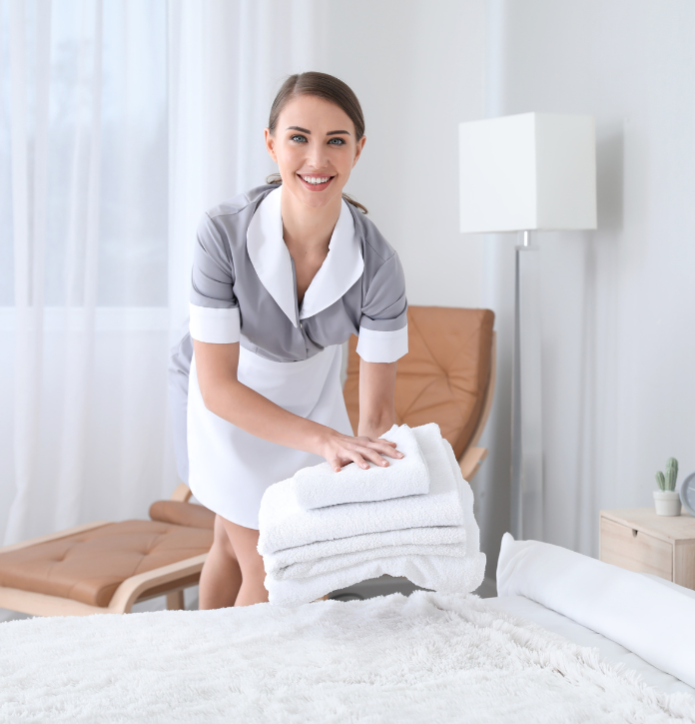





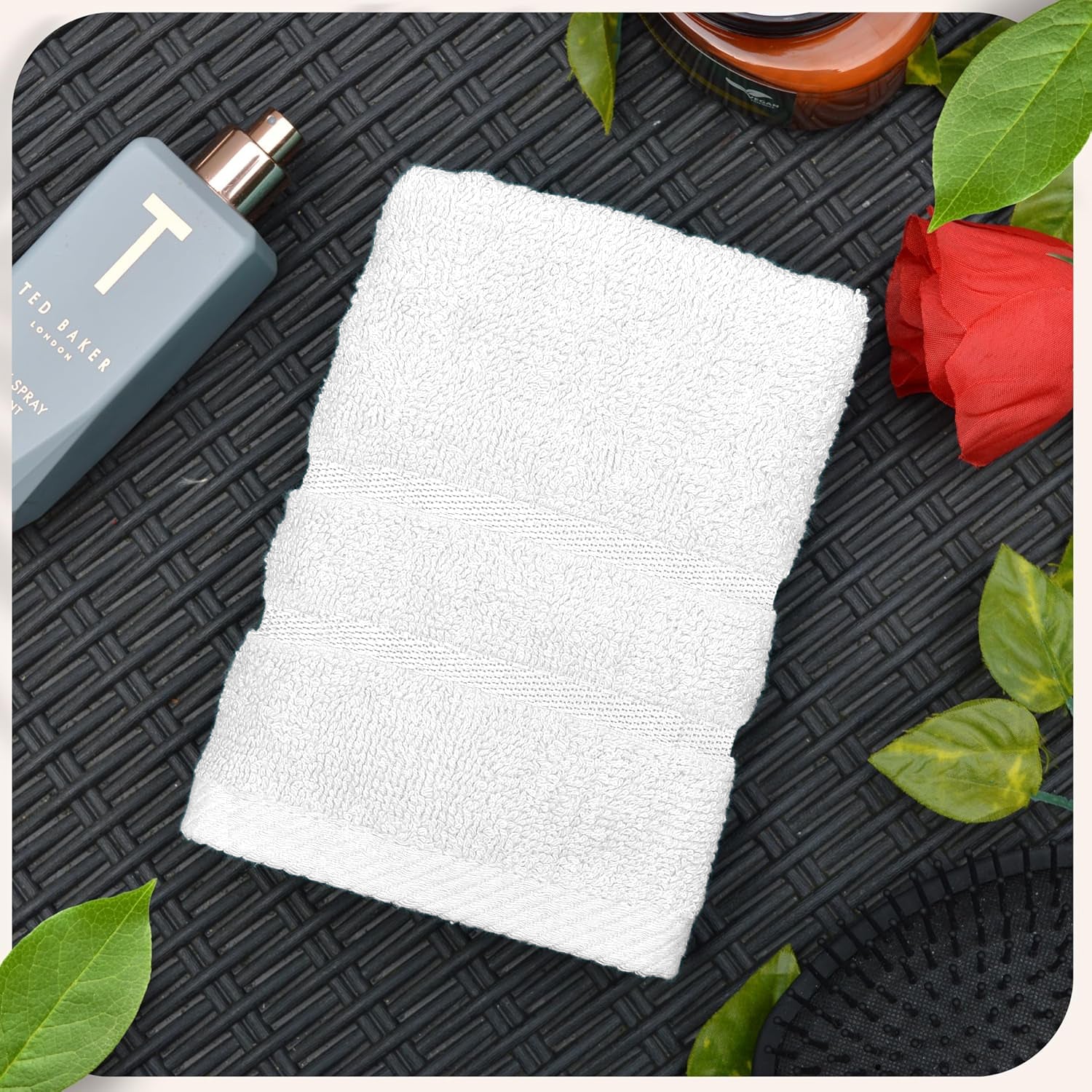
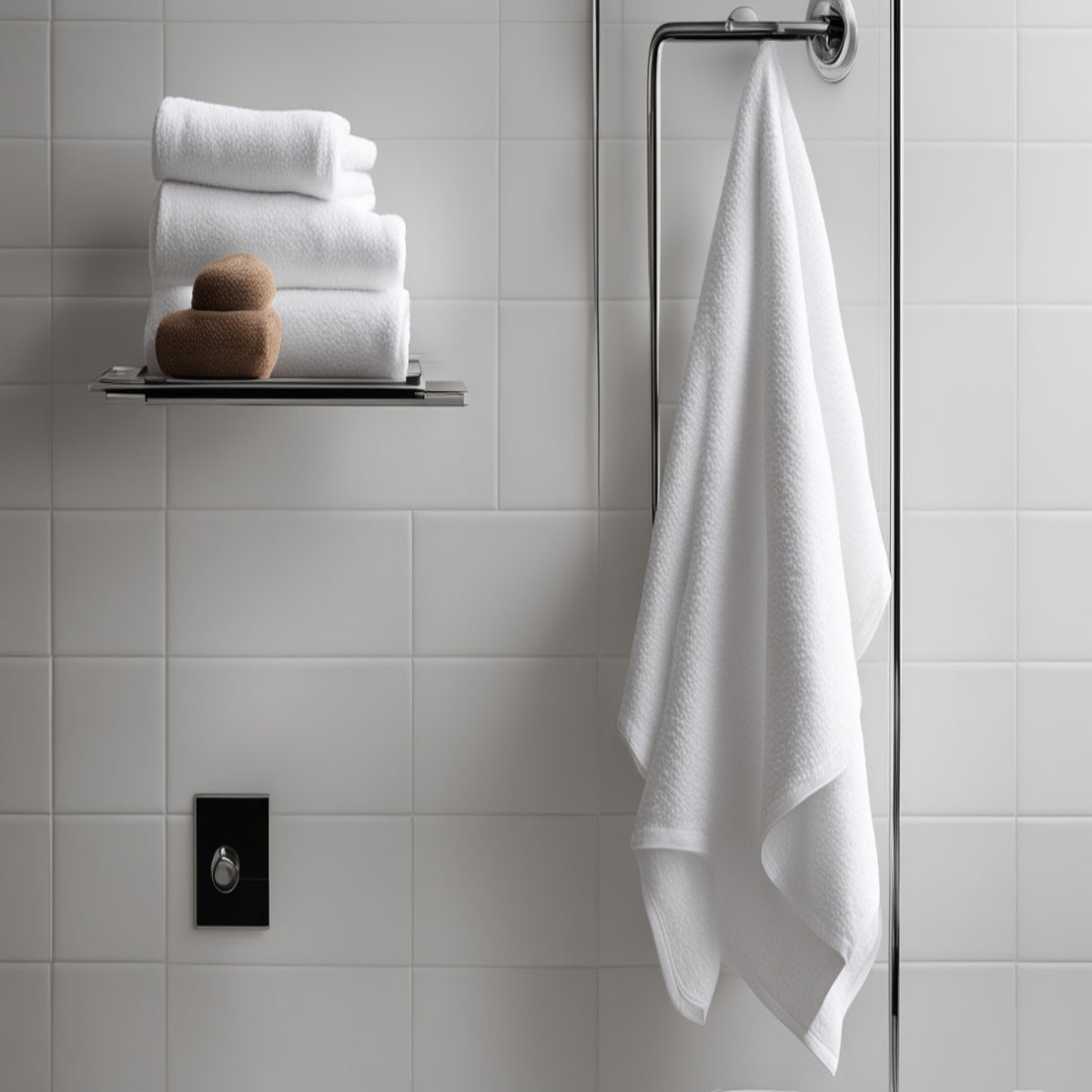
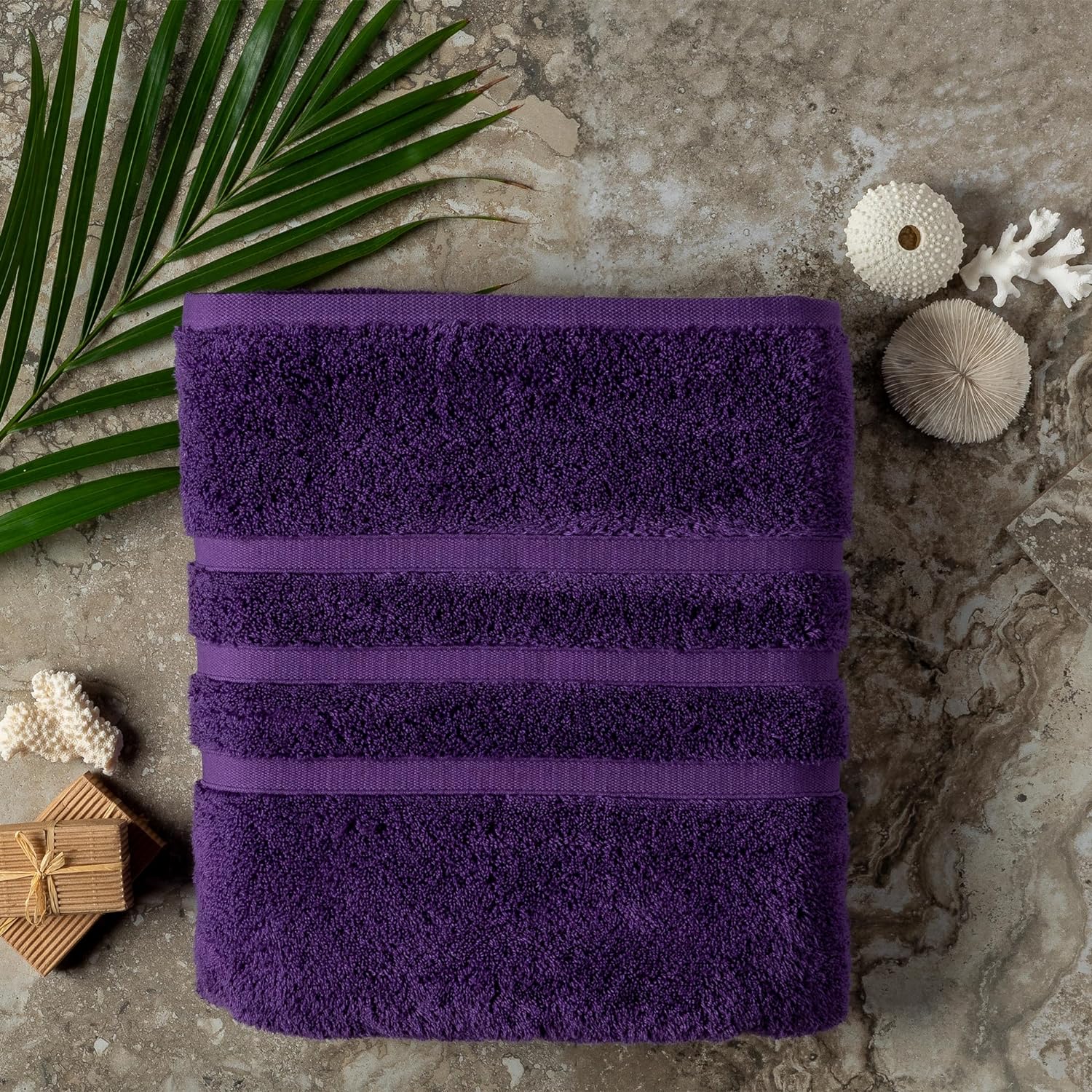


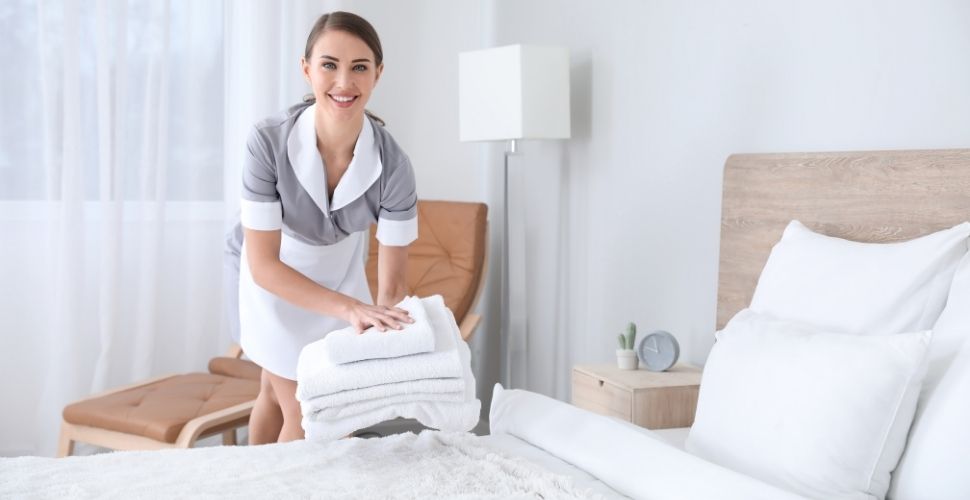
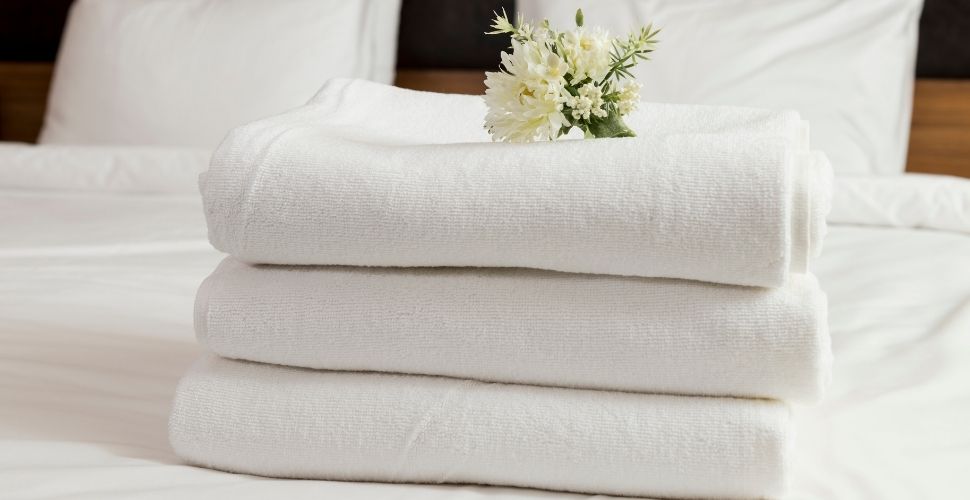
Leave a comment
This site is protected by hCaptcha and the hCaptcha Privacy Policy and Terms of Service apply.